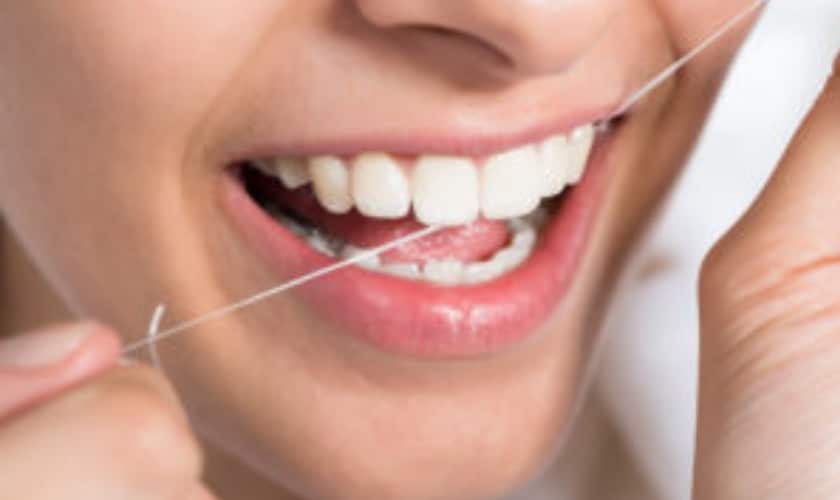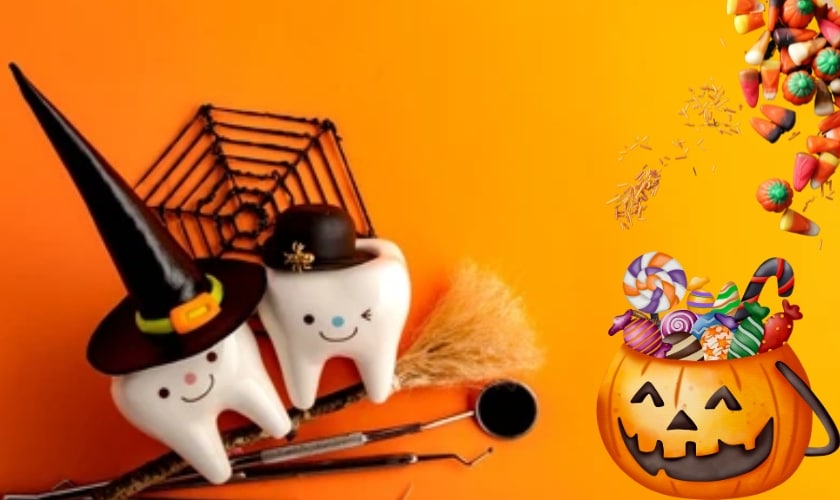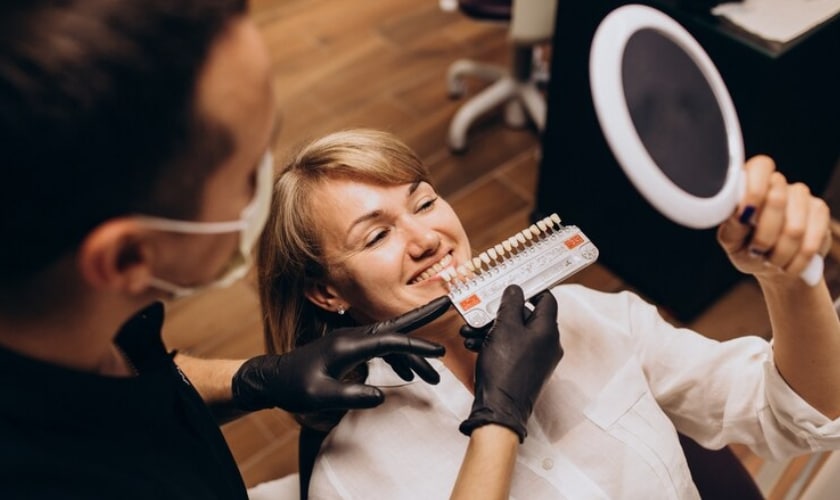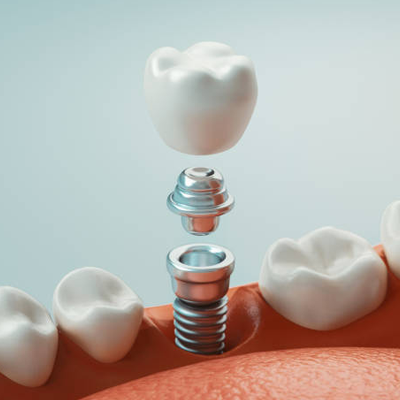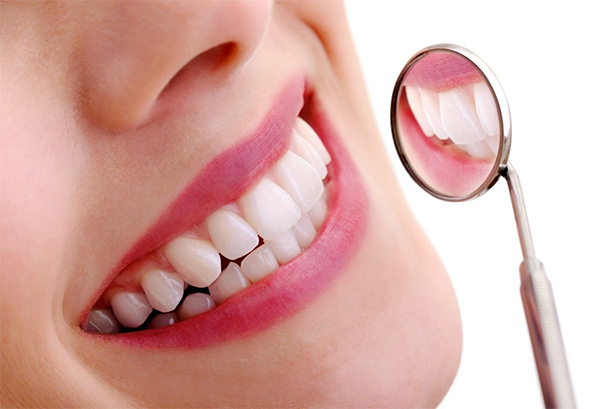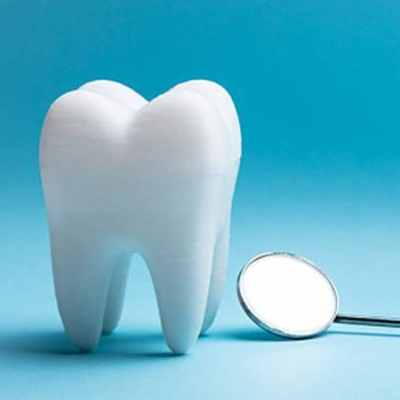
The Science Behind Cosmetic Dentistry: How It Enhances Your Smile
The road to a dazzling smile is more than simply a quest for beauty—it’s a deep dive into the marriage of art and dental science. Cosmetic dentistry, which combines accuracy and aesthetics, changes more than looks. This investigation delves into the intricacies of how dental operations go beyond the surface, flawlessly mixing creativity with the careful science of restoration. Join us as we reveal the secrets that make cosmetic dentistry such a thrilling symphony of form and function, as well as the tremendous influence it has on improving both confidence and dental well-being.
Understanding The Science Behind Cosmetic Dentistry:
Cosmetic dentistry is a subspecialty of dentistry that focuses on improving the cosmetic appeal of teeth and gums in order to achieve a confident, healthy smile. Cosmetic dentists at Custer Creek Dental Care are dental artists who turn teeth into works of art by repairing flaws, establishing symmetry, and changing teeth into works of art. Depending on the patient’s specific needs and wishes, this might include simple operations like tooth whitening or complicated procedures like full-mouth restoration.
Technology And Innovations:
Cosmetic dentistry is advancing rapidly as a result of new technologies and novel materials. The most exciting trends in dentistry are laser dentistry and 3D dentistry, which provide patients with great aesthetic dentistry and natural-looking teeth. Clear Aligners, a type of digital dentistry, permits teeth straightening without the need for traditional metal braces, increasing precision and efficiency. Lasers have made dentistry less intrusive and more pleasant, and they are useful in improving cosmetic procedures such as gum recontouring and lip and gum depigmentation. A popular treatment is intraoral skin tightening, which promotes collagen in the mouth, minimizing nasolabial creases and plumping the face.
Restorative Dentistry As A Foundation:
Restorative dentistry is a basic pillar in cosmetic dentistry, addressing both functional and aesthetic difficulties. The most recent improvements include the use of cutting-edge materials such as zirconia for dental crowns, which provide not only endurance but also a natural look. Implants, a critical component of restorative dentistry, have undergone advancements in materials and procedures that have increased their success rates. The technology underlying these treatments guarantees that restorative and cosmetic aspects are seamlessly integrated, resulting in not just an aesthetically beautiful smile but also long-term dental health.
The Art Of Tooth Reshaping:
Tooth reshaping, commonly known as dental contouring, is a subtle yet powerful cosmetic dentistry method. It entails removing tiny portions of tooth enamel to address flaws such as uneven edges or overlaps. This exact method combines artistic flair and scientific accuracy to create a pleasing grin.
The Chemistry Of Teeth Whitening:
Oxidation, a chemical process, is used to remove stains from teeth. The active elements in the whitening agent are hydrogen or carbamide peroxide. This mechanism degrades chromogens, dispersing their molecules and lightening the color of stains. Teeth whitening, however, can not guarantee perfectly white teeth because the benefits are dependent on the natural tooth color. Reddish brown, reddish yellow, gray, and reddish gray are the four basic color tones. A dentist uses a shade guide to identify the natural tooth color and forecast the outcome.
Bonding And Composite Materials:
Composite bonding is a non-invasive cosmetic dentistry process for repairing, rebuilding, and restoring teeth without the need for permanent alterations. It is inexpensive and adaptable and may be used to treat concerns such as chipped, cracked, fractured, deformed, discolored, dental decay-damaged, gaps between teeth, and worn-down teeth. Patients can explore different possibilities in the future thanks to composite bonding. It is often used in cosmetic dentistry to treat concerns such as cavities, tooth spacing, and worn-down teeth.
Innovations In Orthodontics:
Orthodontic advancements provide a substantial contribution to the science of cosmetic dentistry. Beyond traditional braces, technologies such as transparent aligners and rapid orthodontics use biomechanics and material science to straighten teeth efficiently. These advancements not only improve aesthetics but also aim to shorten treatment periods and increase patient comfort.
Selecting The Best Cosmetic Dentist:
Choosing the appropriate cosmetic dentist is critical for a successful smile makeover. In today’s market, it’s critical to seek specialists who not only have artistic flair but also remain up to date-on the latest technology. Visit the dentists at Custer Creek Dental Care, who have received extensive training in cosmetic operations, such as those whom respected organizations have recognized. Patient reviews, before-and-after portfolios, and personalized consultations may all provide information about a dentist’s skill. This deliberate choice offers a collaborative journey in which knowledge meets individualized care, providing the groundwork for a confident and brilliant smile.
In the final act of our journey through the realm of cosmetic dentistry, we reveal a symphony in which art and science coexist. Beyond surface modifications, these treatments, founded in accuracy and creativity, redefine smiles. As technology advances, the future promises even more personalized developments. Cosmetic dentistry goes beyond aesthetics to become a transforming force in oral health and self-esteem. Accept the glistening future it creates, where every grin tells a narrative of detailed artistry, scientific genius, and the tremendous influence it has on the canvas of individual confidence and well-being.


